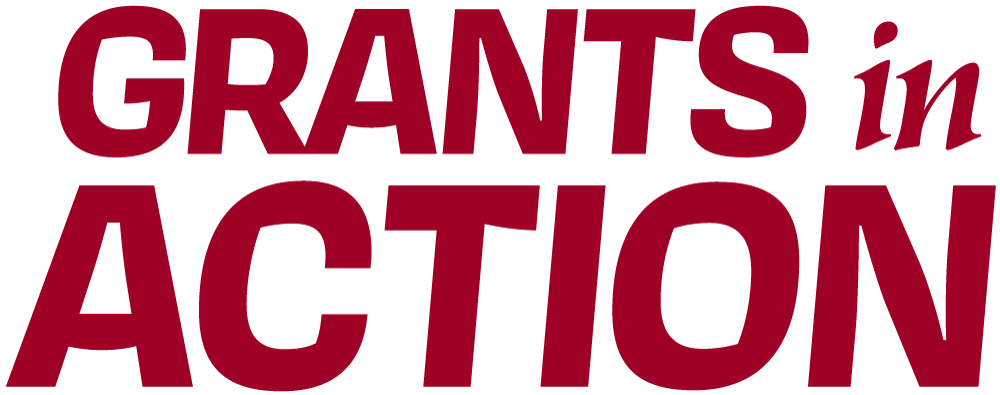Vassar’s Ecological Preserve Receives Ecological Restoration Grant from Partners for Climate Action Hudson Valley

A team of Vassar colleagues–Keri VanCamp, Director of the Field Station and Ecological Preserve; Jennifer Rubbo, Director of the Environmental Cooperative; Marianne Begemann, Dean of Strategic Planning and Academic Resources; Clay Antanatos, Administrative Fellow for The Preserve, Environmental Cooperative, and Office of Sustainability; Dean Jaeger, Grounds Manager; and our late friend and colleague, Cora Kenfield, Assistant Dean for Strategic Planning–secured an Ecological Restoration Grant from Partners for Climate Action Hudson Valley to support high-visibility riparian restoration at the Vassar Preserve. A riparian buffer is an area adjacent to a stream, lake, or wetland that contains a combination of trees, shrubs, and/or other perennial plants. On the western edge of the Preserve is an impounded tributary to the Casperkill, itself a significant tributary to the Hudson River in Dutchess County. The expansion of this tributary’s riparian buffer through tree and shrub plantings in the existing natural drainage will improve water quality in the stream by reducing erosion, sedimentation, and runoff. The restoration of the riparian buffer will also diversify its edge. This diversification creates a gradual ecotone at the site and supports pollinators and greater diversity of plant and animal species. The buffer planting will include oak species, American basswood, pussy willow, buttonbush and other species that are known to support native pollinator populations. The restoration in this area will include groupings of plants that can be used as a source of seed for future restoration work on the Preserve.
The restoration of the riparian buffer is the first phase of a more expansive project aimed at renewing and reimagining the entrance to the Preserve. This project entails plans to rehabilitate and restore 10.7 acres of degraded open space at the Preserve’s northern edge, transforming it into a welcoming combination of native meadow, pollinator habitat, and forest edge. An upgraded parking area with permeable pavement and public electric vehicle charging stations, trails, signage, and covered pavilion are also planned as part of this effort to better serve the various user groups that visit the Preserve.
